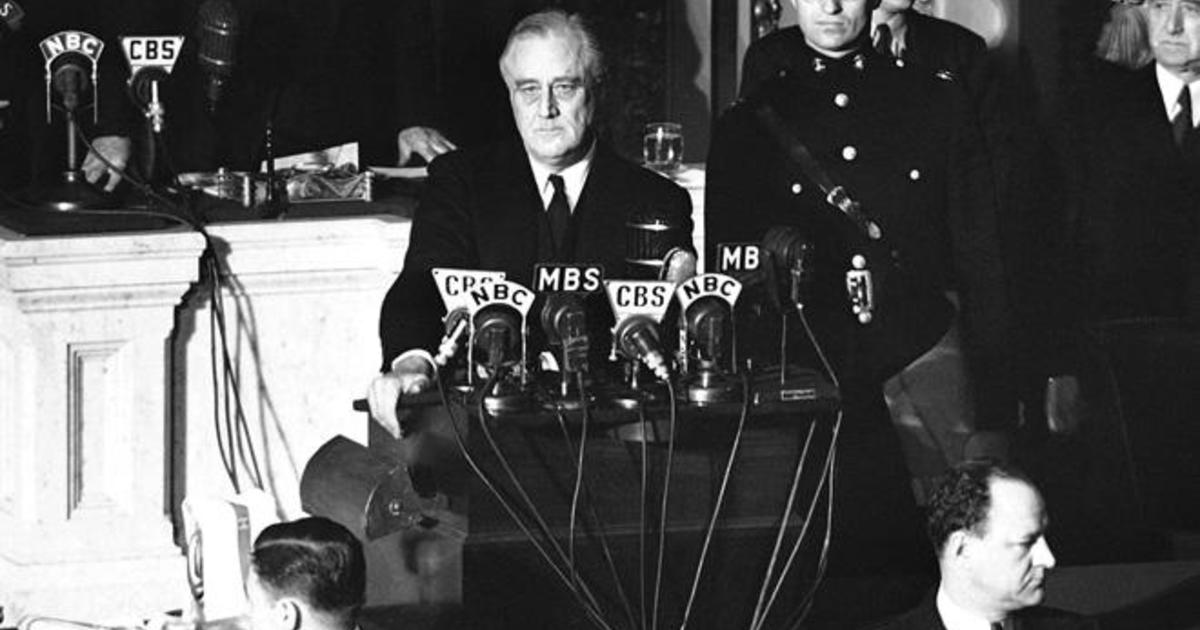In 1931, Japan invaded China after local Japanese officers decided to fake a Chinese attack, thus resulting in the creation of the puppet state of Manchukuo. In 1937, Japan invaded even further into China, thus resulting in the Second Sino-Japanese War.
The western powers were unhappy with the Rape of Nanjing as well as other atrocities committed by Japanese soldiers in China. Furthermore, they were concerned that Japan’s militarism would be turned upon them. As a result, the western powers made a collective decision to stop selling oil, iron ore, and steel in 1941, without which the Japanese war effort couldn’t continue. Presented with a choice to either let its economy collapse or pull out of its recent conquests, Japan decided to declare war on the western powers.
Its plan was to seize key objectives in the Pacific region. After which, Japan would establish a defensive perimeter before holding it until the western powers were ready to negotiate a peace in which it would be acknowledged the master in Asia. As such, the surprise attack on Pearl Harbor on December 7 of 1941 was meant to knock out the U.S. Pacific Fleet, thus preventing it from interfering with its military operations aimed at the overseas territories of the United States, the United Kingdom, and the Netherlands.
Unsurprisingly, the United States was furious. U.S. President Franklin D. Roosevelt’s speech to the U.S. Congress the very next day is still remembered as the “Day of Infamy” speech, which has gone on to influence U.S. rhetoric ever since. Afterward, both Germany and Italy proceeded to declare war on the United States on December 11 of 1941, thus bringing the US fully into WWl.

